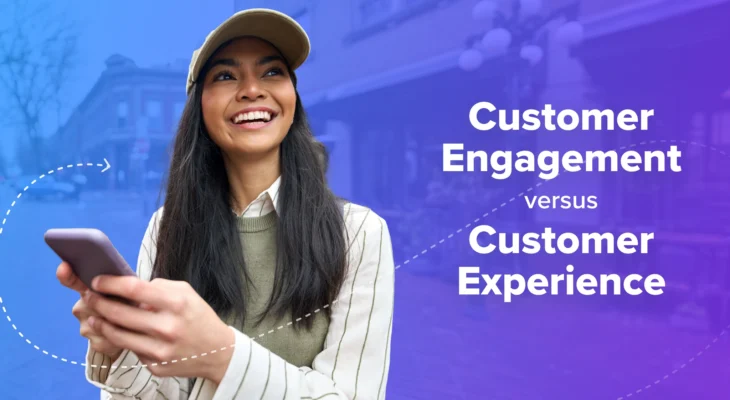A happy and content customer is a company’s true asset. For any business, however big or small, there can be no better advocate than its customer community. That’s why organizations are so rightly focused on being customer-centric. Two terms that frequently come up in this context are customer engagement and customer experience. While often used interchangeably, they represent two distinct but equally essential aspects of the customer journey.
As businesses increasingly go digital-first, understanding the nuances of customer engagement vs customer experience becomes even more critical. This blog breaks down the differences, explores how the two work together, and offers guidance on how to optimize both to build stronger relationships and drive long-term growth.
TL;DR: Customer Engagement vs. Customer Experience
Customer engagement and customer experience are closely connected but fundamentally different. Understanding both—and how they work together—is key to building lasting customer relationships.
- Customer Experience (CX) is how customers perceive your brand across every interaction
- Customer Engagement (CE) is how your brand drives ongoing, personalized interactions
- CX focuses on sentiment and satisfaction; CE focuses on action and loyalty
- When aligned, CE strengthens CX—and vice versa—creating a flywheel of trust, value, and retention
- Real-world example: LendingTree increased engagement and retention by unifying CX and CE with Blueshift




